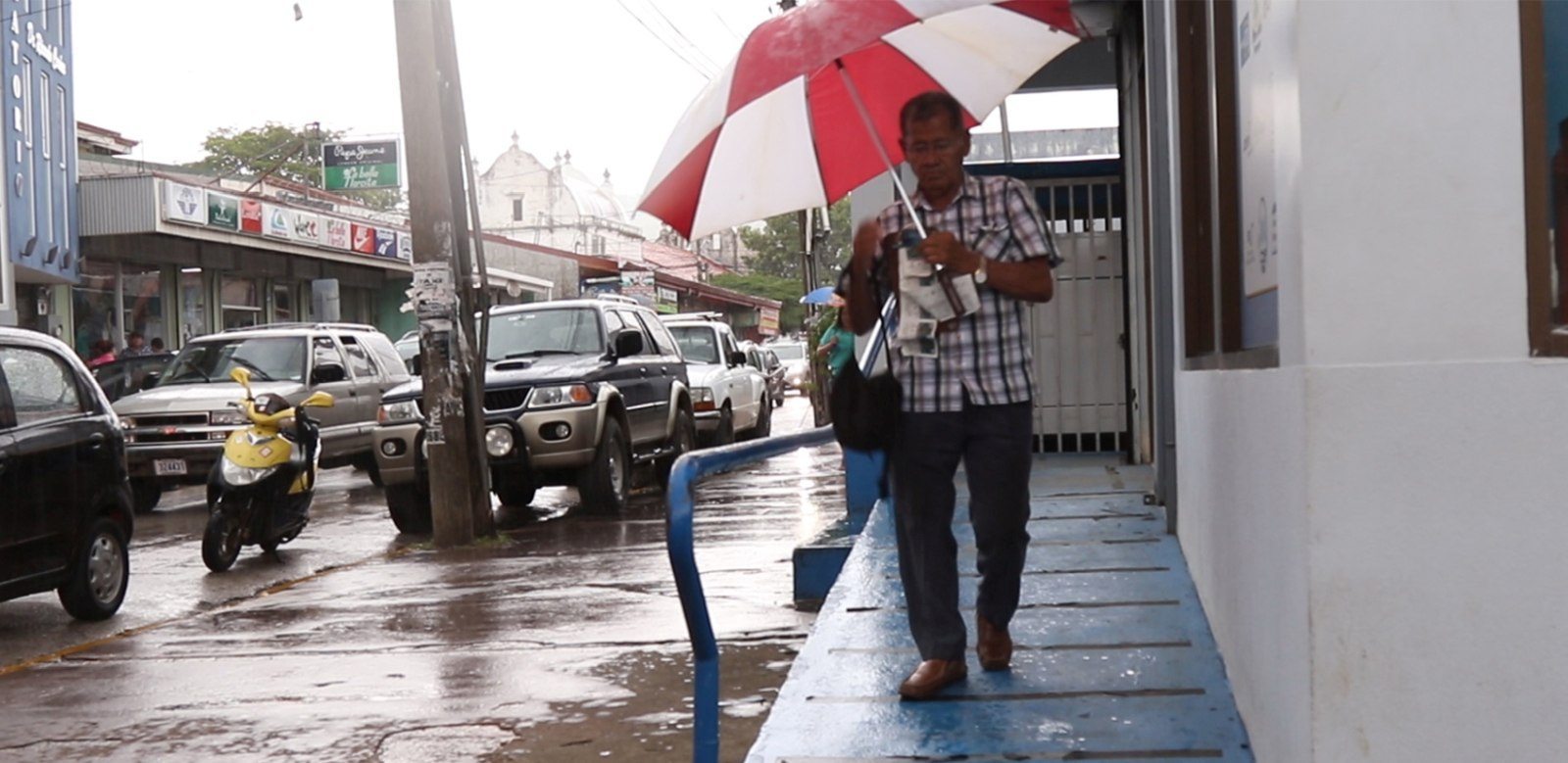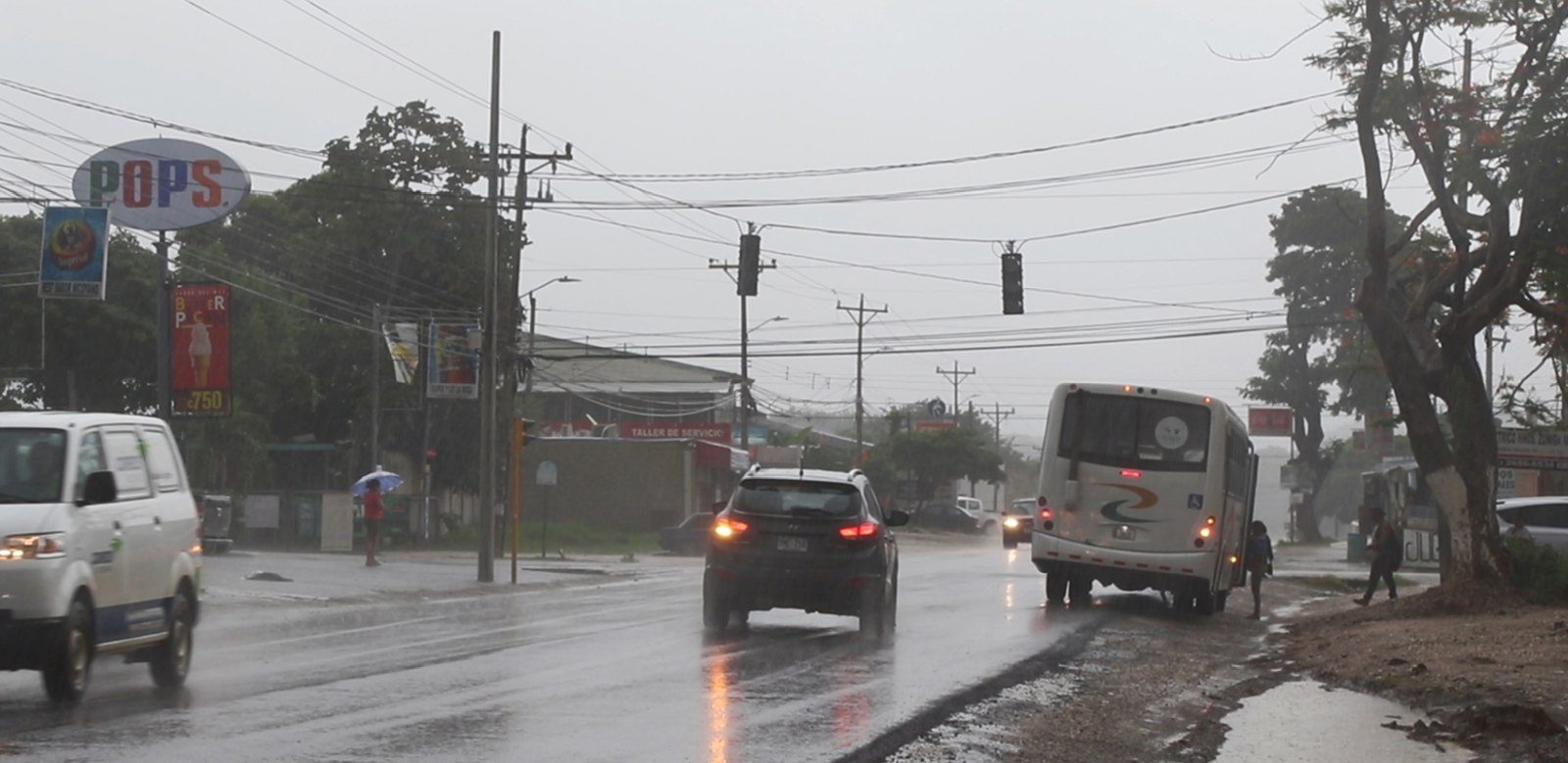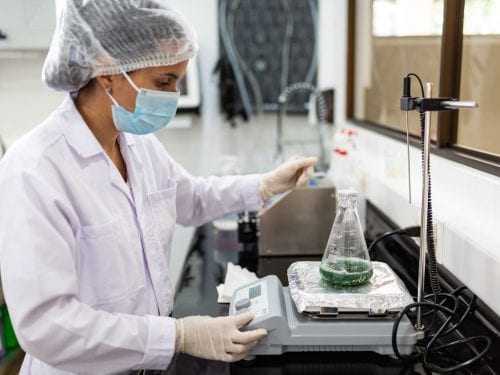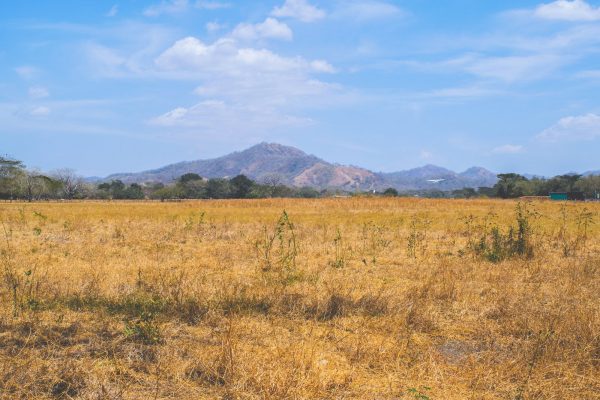
The agricultural and livestock sector will get a break in 2016 after two years of taking a strong economic hit due to the drought, since the rainy season will return to normal starting in June, according to the National Meteorological Institute (IMN– Instituto Meteorológico Nacional). This is expected to revive production activity in these sectors.
Although they have not been consistent, since mid-April, the province of Guanacaste began receiving the first downpours.
Bernard Stool, an expert with IMN, said that the El Niño phenomenon has disappeared and normal rains are expected for at least the next two months. However, hurricane season could cause heavy rainfall in the months of September and October.

“We are now out of the El Niño phenomenon, except for some temperatures that remain a little high but they are already disappearing,” Stool commented. The specialist said that the maximum normal levels in Guanacaste do not exceed 300 liters per square meter (66 gallons per square 10.7 squre feet), but due to the influence of some tropical storms and the La Niña phenomenon, rainfall could exceed those parameters.
The lack of rain in Guanacaste had many farmers and livestock producers in the area on the brink of bankruptcy. The rice cultivation sector alone reported losses of ¢2,000,000,000 ($3,775,000) between 2014 and 2015, while losses exceed ¢11,000,000,000 ($20,755,000) in the livestock sector due to the death of cattle, weight loss due to lack of food and reduced milk and meat production, according to data provided by the National Emergency Commission (CNE- Comision Nacional de Emergencias).

Minor Barboza, executive director of the Arrocera rice corporation, displayed optimism in light of the rain forecast that experts announced for this year, in which more than 400 rice farmers in the area can cultivate without fear of drought.
Barboza explained that those who will benefit most are producers who do not have irrigation systems, who are from Nicoya, Santa Cruz, Filadelfia and Nandayure.
For this year, CNE allocated more than ¢5,000,000,000 ($9,434,000) in supplies between 6500 producers affected by the drought. Among the supplies, they have distributed agricultural tools, molasses, hay bales, concentrated feed, plastic for silage, pasture choppers and silage machinery. During the second semester, they anticipate delivering around ¢407 million ($768,000) in seed, which would benefit 1500 small farmers.
This will be the last aid that will be given to producers by the CNE as part of the government’s emergency declaration to address the drought, confirmed Ever Cordero, communication manager.







Comments